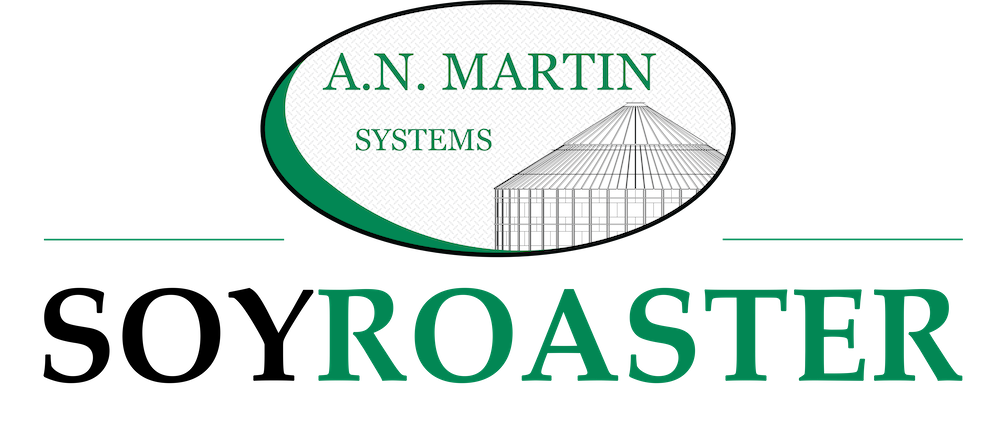Roasting soybeans is a simple and effective way to make feed more valuable for your dairy cows. While raw soybeans are full of protein and energy, they also contain natural chemicals—like trypsin inhibitors—that make them harder for cows to digest. Roasting uses heat to break down those harmful compounds, making the beans more nutritious for your herd.
When soybeans are roasted at high temperatures (about 375°F for an hour) and then steeped, their protein structure changes. This improves what’s called “bypass protein”—protein that skips the rumen and is absorbed later in the cow’s digestive system. Cows can use this bypass protein more efficiently, which often leads to better milk production and improved herd health.
Roasting also makes the oil in the soybeans more usable. This oil is a great source of energy, especially helpful for high-producing cows that need extra fuel to support strong milk output. Because roasted soybeans can replace other expensive protein and fat ingredients, roasting can help cut down your feed bill while still giving your cows a balanced, high-quality diet.
Another benefit of roasting your own soybeans is having control over your feed. You know exactly what’s going into your mix, and you can roast as needed, reducing storage and spoilage. For farms that already grow soybeans, roasting turns a crop you’re already harvesting into a powerful, cost-effective feed ingredient.
In short, roasting soybeans improves digestibility, increases the value of the protein and oil, supports better milk production, and helps you save money—all while using your own soybeans. It’s a smart move for any dairy farm looking to improve nutrition and gain more control over feeding.

